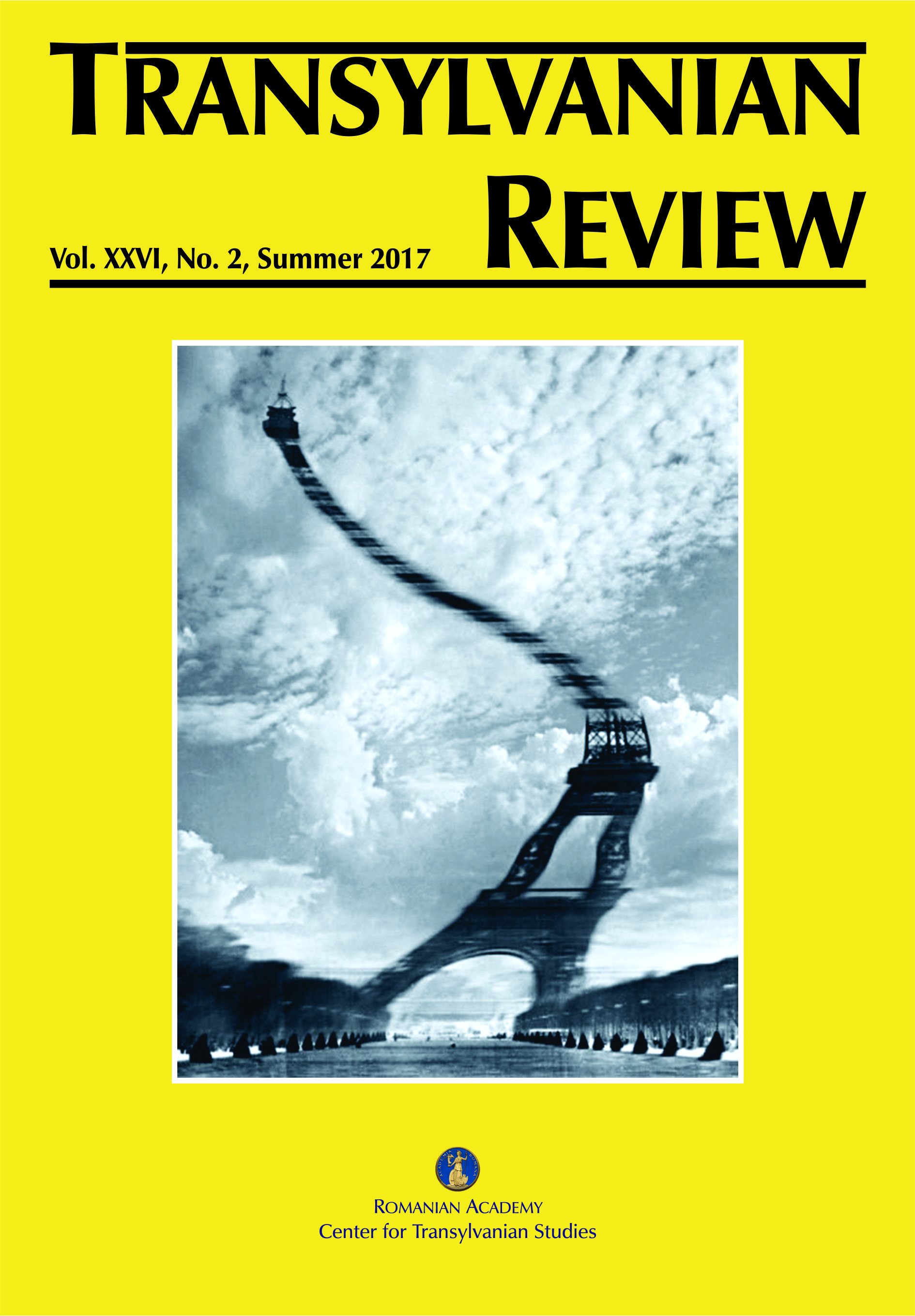„Der Kongress geht voran und tanzt“: Der Blick auf den Wiener Kongreß nach zweihundert Jahren – neue Sehweisen (II)
“The Congress Moves on and Dances”: The Congress of Vienna after Two Hundred Years—New Perspectives
Author(s): Wolf D. GrunerSubject(s): History
Published by: Academia Română – Centrul de Studii Transilvane
Keywords: Old Europe; Ancien Régime; the Congress of Vienna; modernity; German Confederation; the Concert of Europe
Summary/Abstract: Today, from a modern perspective, the phrase of the aged Fieldmarshall Charles Joseph Prince de Ligne that the Congress does not make progress but dances is no longer acceptable. The Congress of Vienna, sitting in the Austrian capital from September 1814 to June 1815, was a conference of global and European importance. It established a functioning international system for the reconstructed Europe after more than 20 years of war. The Vienna order of 1815 formed the basis for a lasting state system and a legal order. The stability of the new international system enabled the European industrialisation to continue and intensify. It promoted political, economic and social reform. The long era of peace was an important factor for internationalisation. Because of the major territorial, scientific, enlightened, economic, social and mental changes taking place in the period of transformation from the Ancien Régime of the Old Europe to the Europe of modernity, the Congress cannot be perceived as a return to pre-1789 Europe. It had a pivotal function, it was an important intersection in the process of European transformation in the long 19th century.
Journal: Transylvanian Review
- Issue Year: XXVI/2017
- Issue No: 02
- Page Range: 125-141
- Page Count: 17
- Language: German

